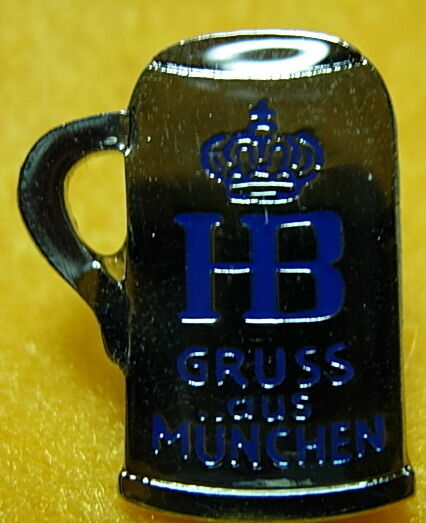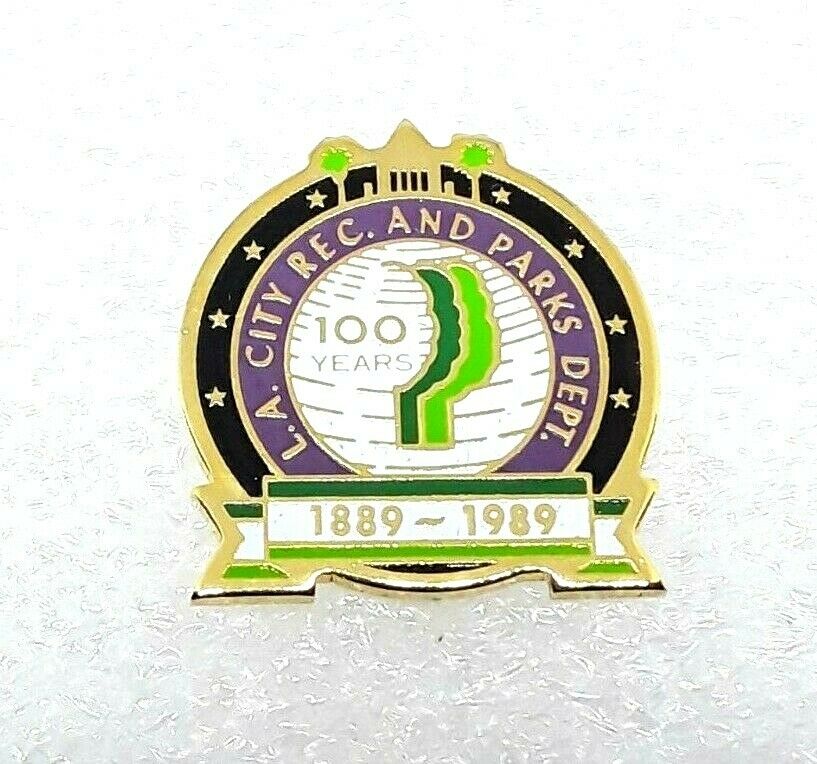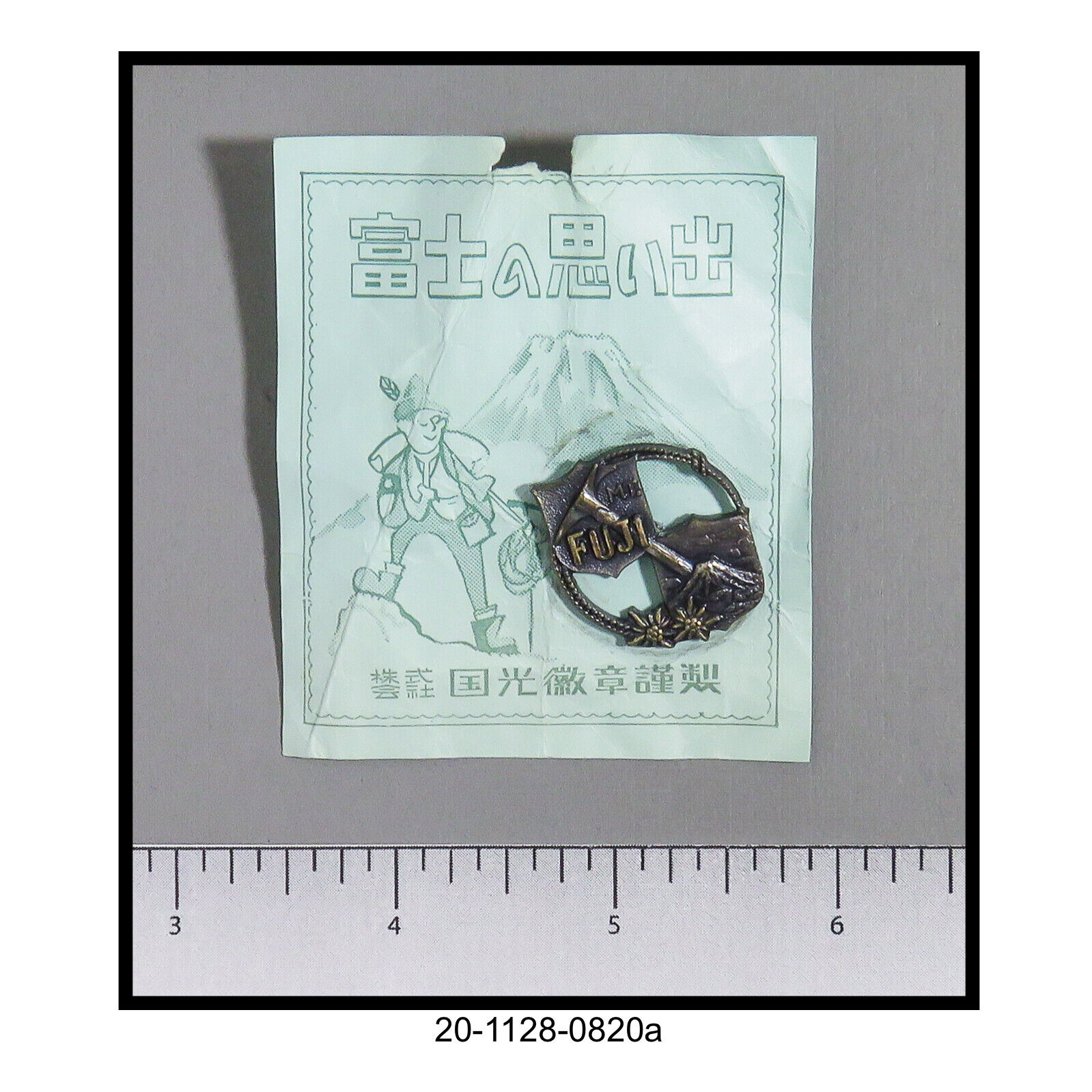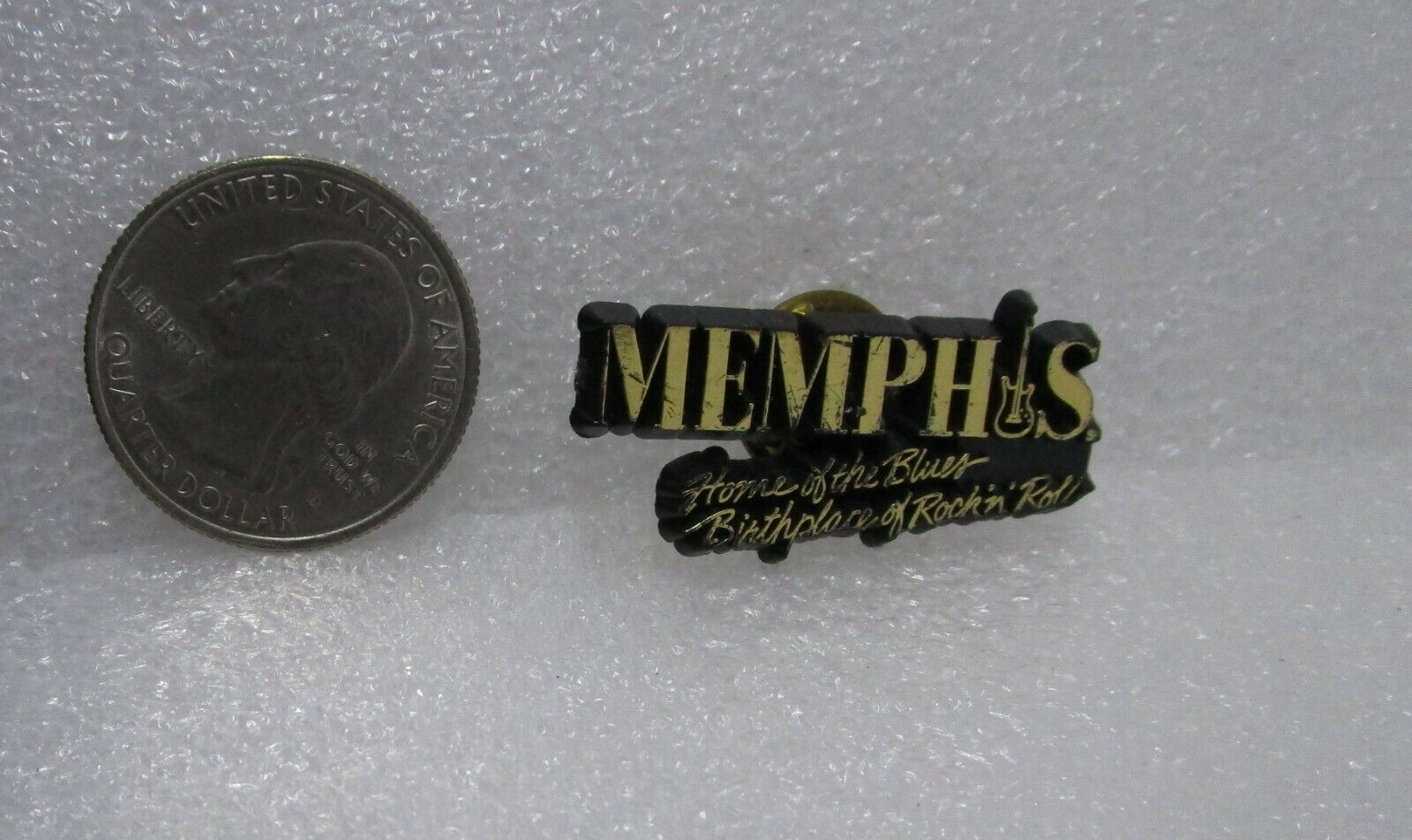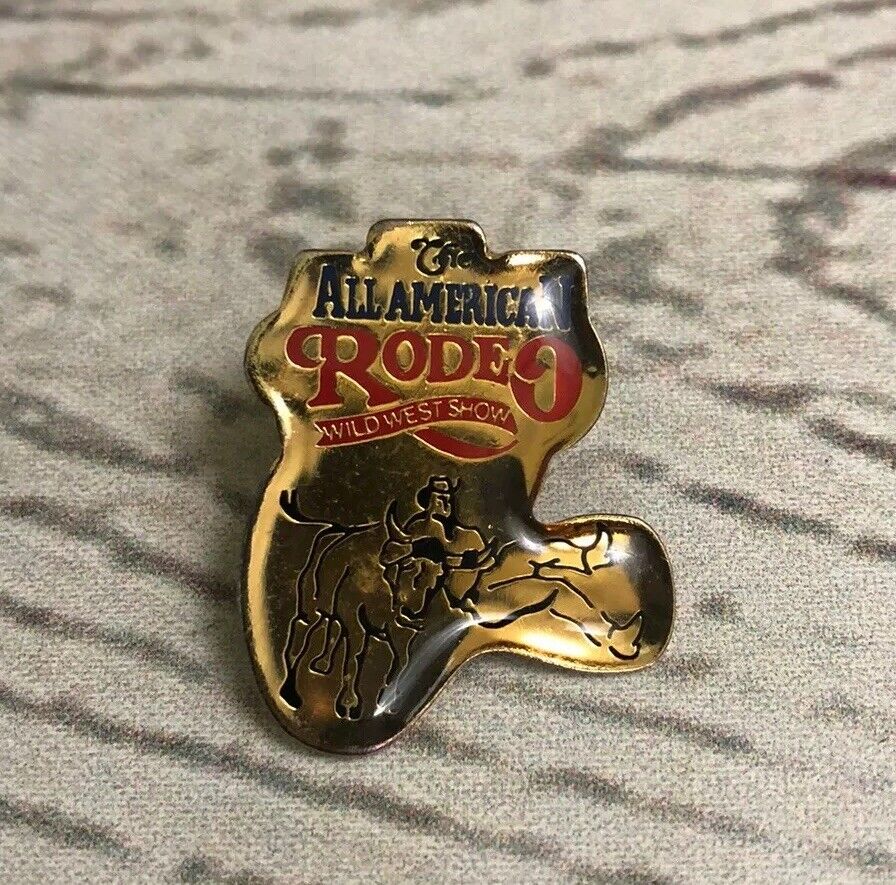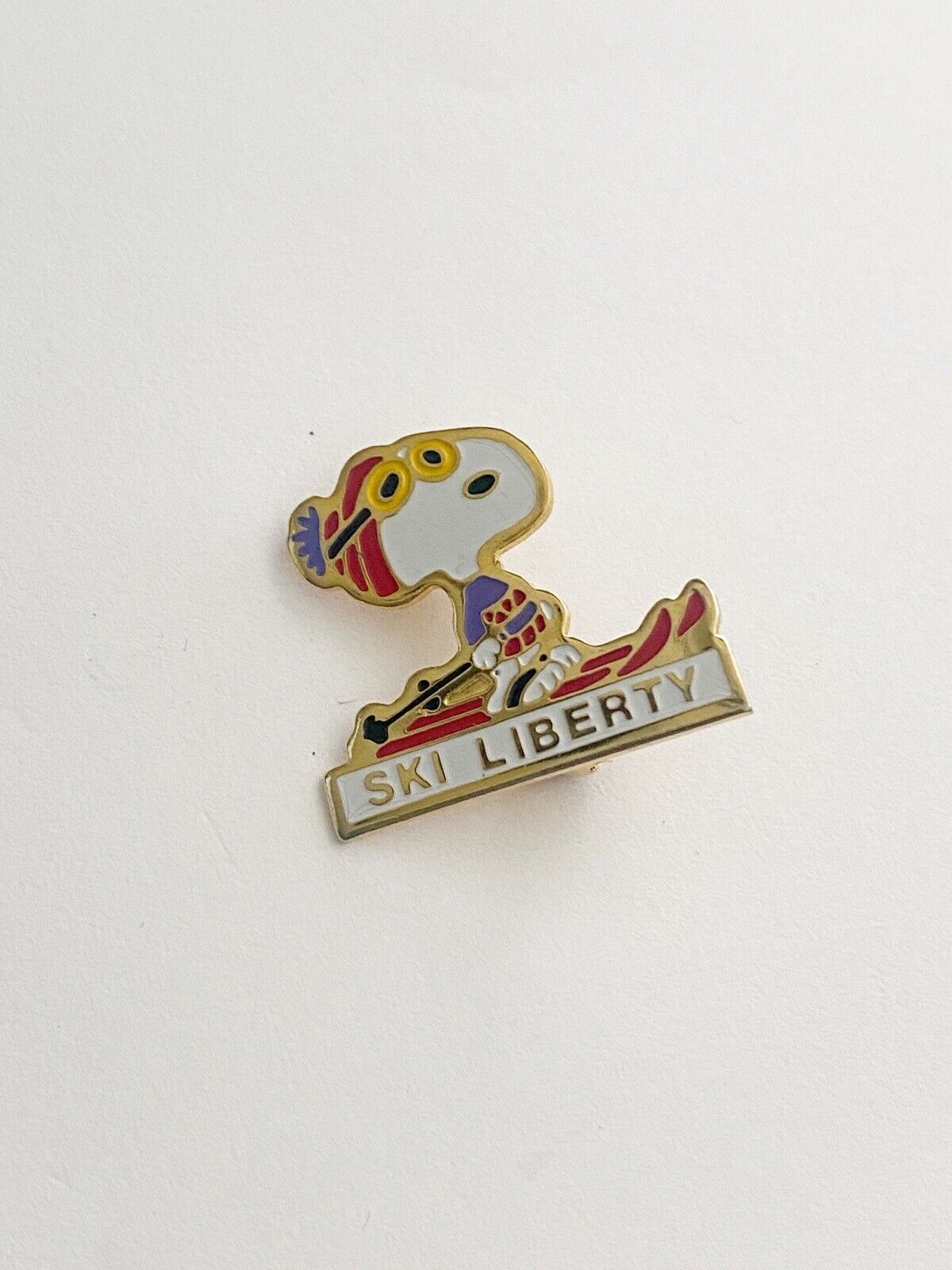-40%
Munchen Munich Gruss aus Munich - new German Hat Lapel Pin HP6049
$ 7.38
- Description
- Size Guide
Description
Munchen - Munich - Gruss aus Munich - GermanyThis is a
unused
item in mint condition still in the manufacturers bag measuring approx. 2.0 cm high by 1.60 cm wide in size. with a post style back.
The Staatliches Hofbräuhaus in München
(
state court-brewery in Munich
, also
Hofbräu München
) is a
brewery
in
Munich
, Germany, owned by the
Bavarian
state government. The
Hof
(
court
) comes from the brewery's history as a royal brewery in the Kingdom of
Bavaria
.
The brewery owns the
Hofbräuhaus am Platzl
, the
Hofbräukeller
and the second largest tent at the
Oktoberfest
(
Hofbräu-Festzelt
). Its own brew is the only
beer
served.
The Hofbräuhaus in Munich inspired the song "oans, zwoa, g'suffa" (The
Bavarian dialect
for: "one, two, drink").
The Hofbräuhaus am Platzl, Munich’s famous “hofbrauhaus” was founded in 1589 by the Duke of Bavaria, Wilhelm V. It is one of Munich’s oldest beer halls. It was originally founded as the brewery to the old Royal Residence, which at that time was situated just around the corner from where the beer hall stands today. The beer quickly became world famous thanks to the first brewer, Heimeran Pongratz, and the famous “Bavarian Beer Purity Law” of 1516 that stated that only natural ingredients could be used in the brewing process. In fact, the beer became so famous that it once saved the city from annihilation. When King Gustavus Adolphus of Sweden invaded Bavaria during the Thirty Years’ War in 1632, he threatened to sack and burn the entire city of Munich. He agreed to leave the city in peace if the citizens surrendered some hostages, and 600,000 barrels of Hofbräuhaus beer.
Wolfgang Amadeus Mozart lived around the block from the famous beer hall in the late eighteenth century. In a poem he wrote, Mozart claimed to have written the opera
Idomeneo
after several visits to the Hofbräuhaus fortified him for the task. In the nineteenth century, most of the breweries in Munich, including the Hofbräuhaus, were converted into large beer halls, restaurants, and entertainment centers with large, cavernous meeting rooms for weddings, concerts, and plays. In the period after World War One, the beer halls of Munich became swept up in the chaotic politics of the period. In the period just before World War One, Vladimir Lenin lived in Munich and reportedly visited the Hofbräuhaus on a regular basis. In 1919, the Munich Communist government set up headquarters in the famous beer hall, and in 1920 Adolf Hitler and the National Socialists held their first meeting in the Festsaal, the Festival Room, on the third floor.
The Hofbräuhaus in Munich was one of the beer halls used by the Nazi Party to declare policies and hold functions. On February 24, 1920, Adolf Hitler proclaimed the twenty-five theses of the National Socialist program at the Hofbräuhaus, which reconstituted the German Workers' Party as the National Socialist German Workers' Party, known as the Nazi Party. Hundreds of tourists visit these sites, including the Hofbräuhaus in Munich every year. One author claims that some of the first violent attacks on Jews took place at the Hofbräuhaus. While it is true that some of Hitler's earliest oratorical attacks on Jews took place from the rostrum of the famous beer hall, there is no evidence that direct physical attacks on Jews took place in the Hofbräuhaus.
Hitler’s experiences with the Hofbräuhaus were limited to political events and the commemorations; the infamous “Beer Hall Putsch” of 1923 took place in the Bürgerbräukeller beer hall, which used to stand on the east side of the city. Since Hitler did not drink alcohol, eat red meat, or smoke, the beer hall was not his scene. His favorite restaurant in Munich was an Italian restaurant near Munich’s famed Ludwig-Maximillians University. Before he turned to politics, one of Hitler's watercolors was of the Hofbräuhaus. Of course, since it is over 400 years old, the Hofbräuhaus was also visited several times by Wolfgang Amadeus Mozart, John F. Kennedy, and the American author Thomas Wolf, but these famous visitors, or the vast 400 plus years of Hofbräuhaus history, are rarely mentioned by the tour guides
Thank you all for your interest. Please check my ebay store for many
hundreds and hundreds of
additional walking stick pins and hat pins.
http://stores.ebay.com/Four-Winds-Products
